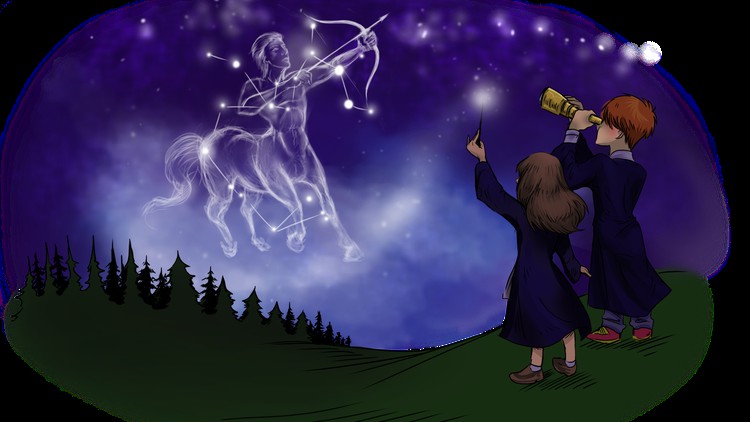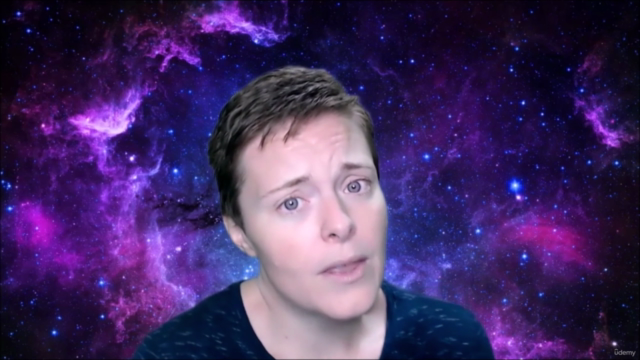Astronomy, Astrology, & Greek Mythology in the Wizard World
Study the connection between Harry Potter characters and literature, and their relationship with astronomy, astrology, a
4.56 (8 reviews)

67
students
5.5 hours
content
Jul 2021
last update
$13.99
regular price
What you will learn
Explore the connections between Harry Potter, astronomy, astrology, and Greek mythology.
Screenshots




Related Topics
4204736
udemy ID
7/26/2021
course created date
7/29/2021
course indexed date
Bot
course submited by